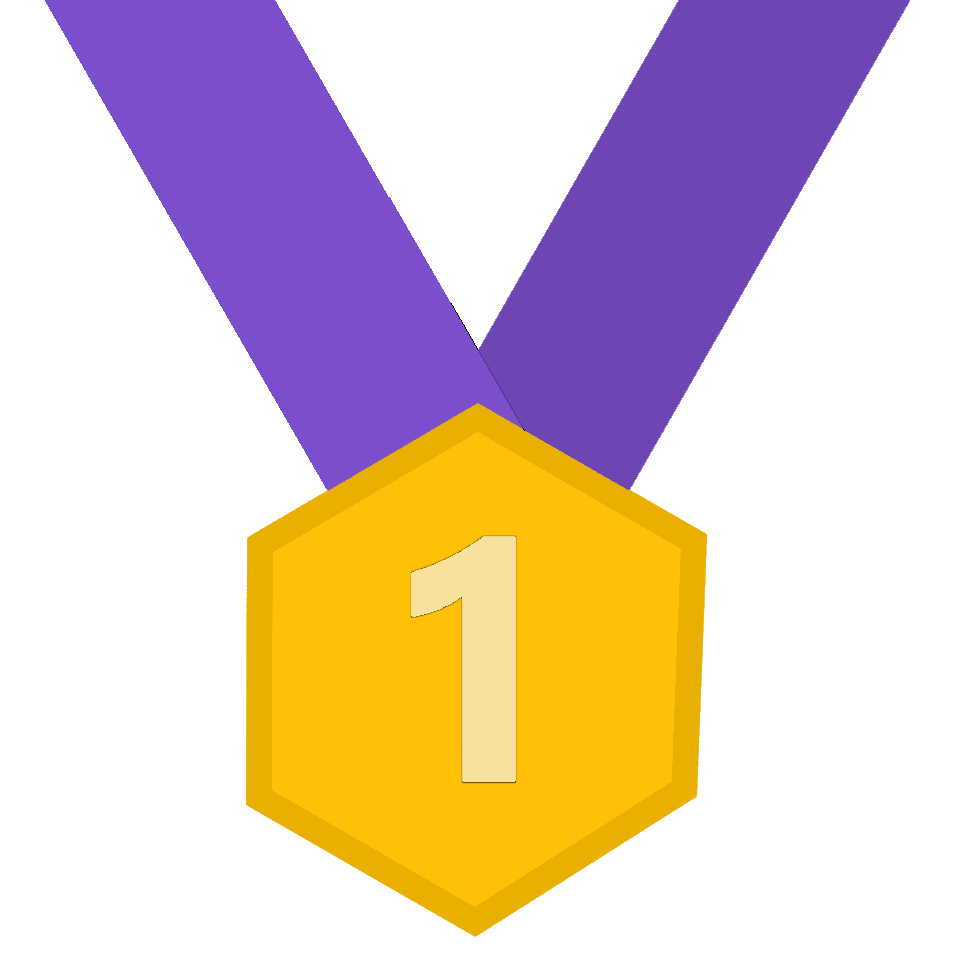
The middle ground
The areas where both colonists and native people would trade and coexist
Democratic Republicans
Weak national government
Ambassador from France came to America to encourage Americans to side with the French. Washington declared neutrality, but the ambassador remained in America to not get beheaded back home.
Proclamation of 1763
Colonial attitude towards independence
They didn’t want it. Initially the revolution was a petition to get the same rights as other British citizens
virginia and kentucky resolutions
Declaratory act
Parliament repealed the stamp act, but enacted the declaratory act, saying they could pass any law they wanted.
The Albany conference
Meeting between leaders of 7 colonies to create a plan for joint defense and administration of the colonies. "Join or die"
Shay’s rebellion
civic virtue
Federalism
Checks and balances
Congress wanted king George to intervene on their behalf and end the violence. He didn’t read it.
Ethan Allen and the Green mountain boys surround fort Ticonderoga, steal it's cannons, and bring them back to Boston
Virtual representation
The idea that each representative in parliament represented the empire as a whole, and therefore, the colonies were represented.
Lexington and Concorde
France and others wanted their debt paid back, yet the national government didn’t have money. States had individual economies that didn’t collaborate.
republican motherhood
the idea that women needed to become educated so that they could educate the new generation
12/13 states met to amend the articles of confederation. They eventually decided to draft a new constitution
alien laws
authorized the president to deport "aliens" and permitted their arrest imprisonment and deportation during war time
sedition act
applied restrictions to immigration and speech in US made it a crime for americans to print, utter, or publish any false, scandalous, malicious writing about the government
Common sense
All paper products sold in the colonies had to be stamped and pay a small tax. It spurred on revolutionary ideals.
Jay treaty
Britain agreed to abandon outposts on the western frontier. In return the U.S. would favor trade with Britian. However, the treaty failed to address the british kidnapping, and American hatred of Britian caused riots.
The new appointed governor of Massachusetts who began to strictly enforce parliaments laws
violent tax protest from 1791-1794.
the whiskey was the first tax imposed on a domestic product by president Washington to pay for the war. It unfairly burdened poor farmers west of the Appalachian mountains because they couldn't do business anymore
Annapolis convention
Secret meeting between delegates of 6 states to discuss how to fix the articles of confederation
Battle of Bunker hill
British won, but had many casualties. They eventually abandoned Boston
Hamilton's financial plan
The Virginia plan


